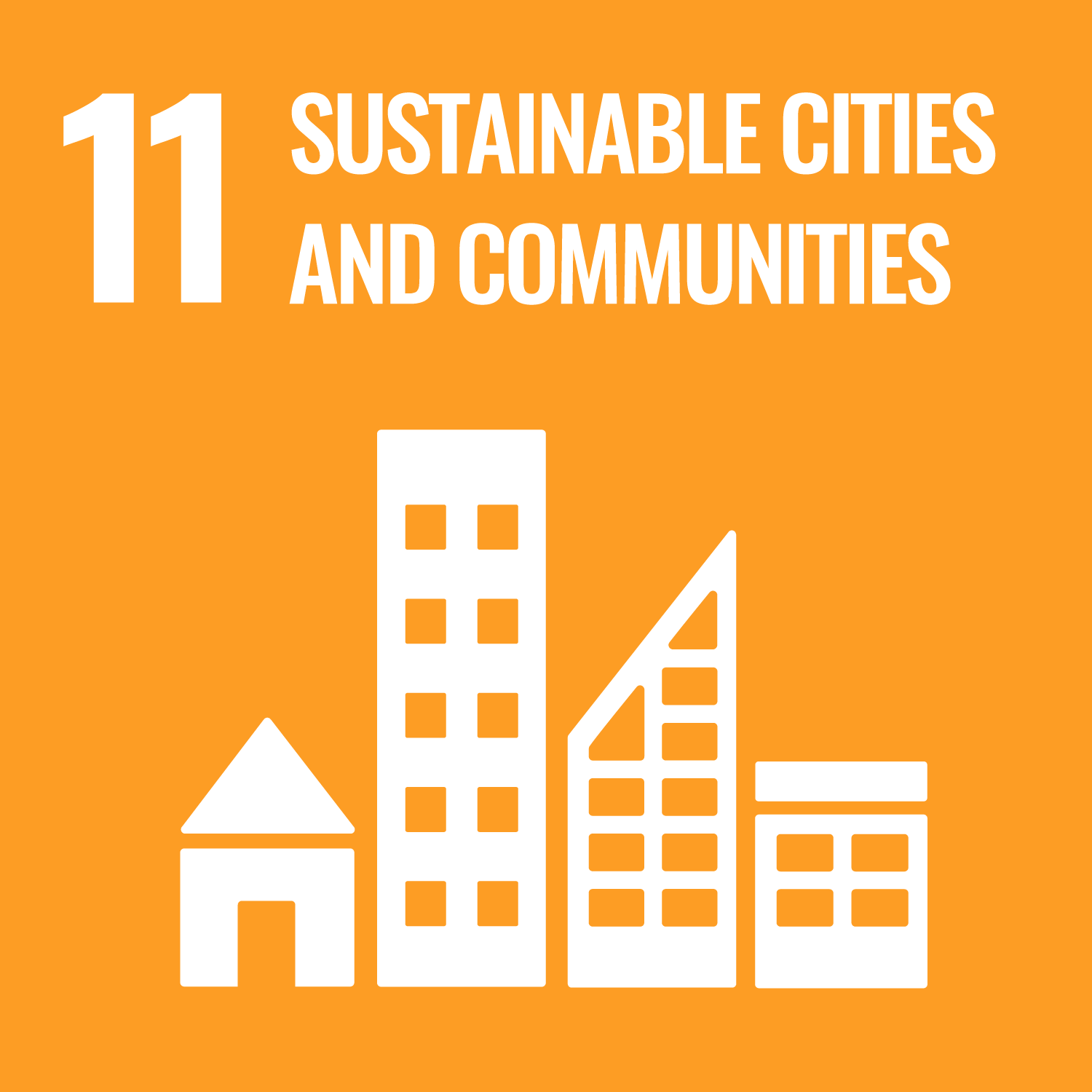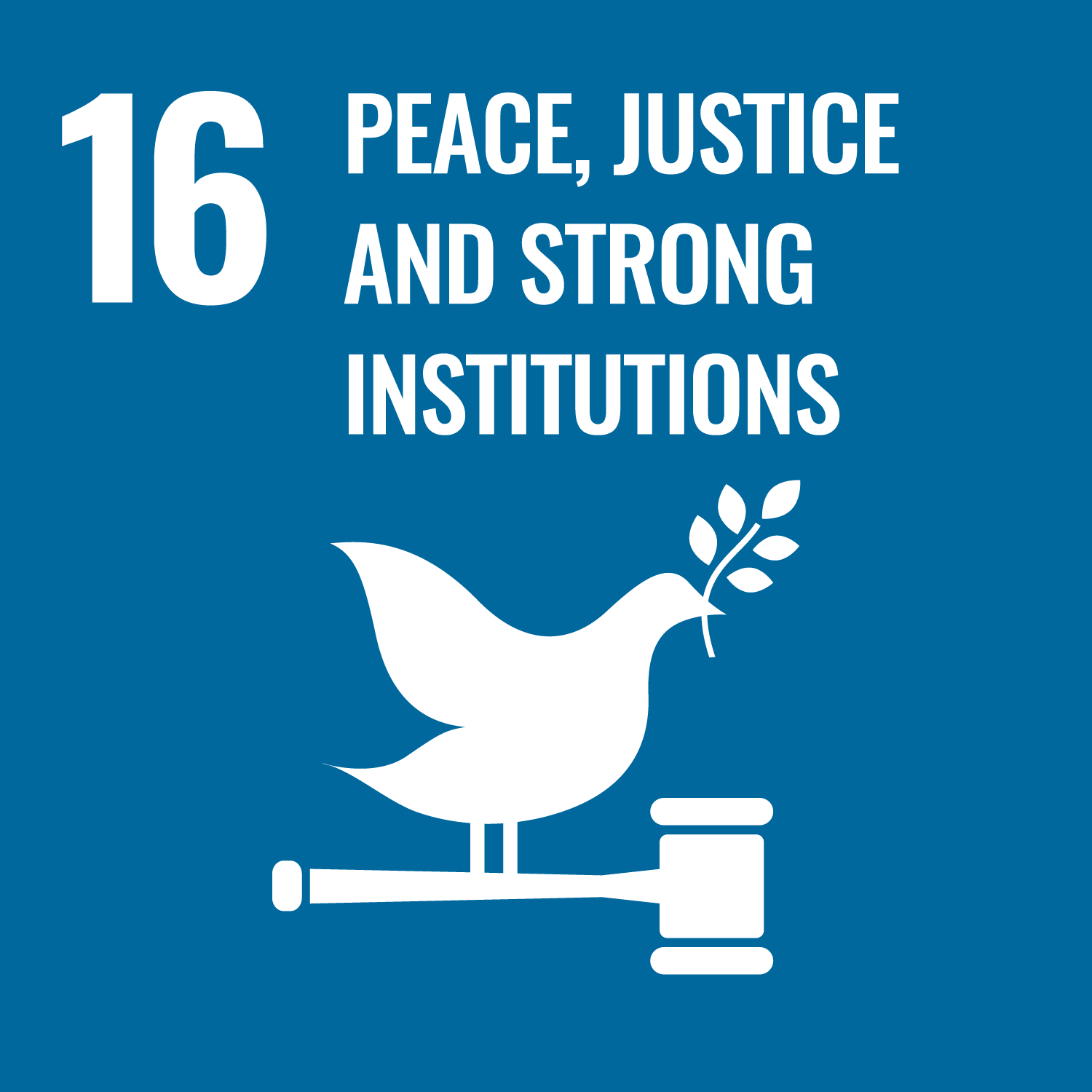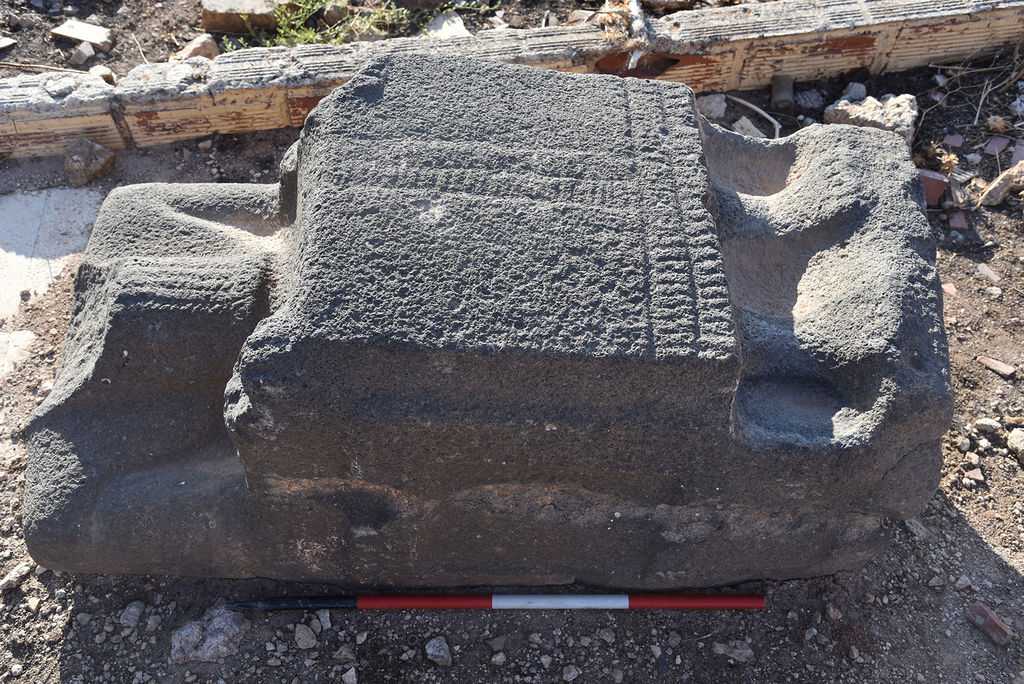
Ebla, sixty years later: protection and recovery of the archaeological site
A new mission comprising Sapienza archaeologists has just completed a short campaign at Ebla, today's Tell Mardikh in northern Syria, to recover and restore areas that were subject to clandestine excavation and destruction between 2014 and 2019. The work, led by Davide Nadali of the Department of Ancient World Studies, also resulted in the discovery of a new acephalous royal statue in basalt dating back to the first centuries of the 2nd millennium BC, depicting the sovereign seated on a throne, holding a cup with his right hand and resting his left hand on his knee.
The sculpture, which escaped destruction and theft during the years of the site's occupation, had been temporarily placed in the reception structure at the site's entrance, and it is plausible to assume that, like the statue found in 1965 at the South-West Gate of the city, it was also placed at one of the city entrances, perhaps the North Gate.
During the campaign, several buildings were restored, such as the 'Sanctuary of the Deified Ancestors', the sacred building located in area B, which was cleared of the accumulated soil (the result of human actions during the years of occupation). The intervention brought to light the excellent restoration work carried out between 2001 and 2002 by the Italian archaeological mission in Syria, which, by using new mud bricks mixed with the site's soil to cover the ancient bricks, made it possible not only to analyse the structure fully but also to preserve the plaster on the mud walls and the floor level.
At the same time, soil samples were taken and sampled to study new forms of restoration and protection of the mud-brick buildings, using new materials and techniques compatible with both the ancient structure and the site's ecosystem.
A second operation involved sifting through the mounds of archaeological soil that were piled up during the years of occupation, when the site had been turned into a military base. Each mound was numbered and then divided into sections in order to record and document the recovered archaeological material: this operation is necessary not only for cleaning and restoring the morphology of the site but also to safeguard archaeological data that was excavated illegally and irregularly. A study of the materials is then planned to attempt a possible relocation and reconstruction of the context, based on known typologies from other contexts excavated by the Italian mission.
Sixty years after the beginning of the exploration of Tell Mardikh by the Italian Archaeological Mission to Syria, led by Paolo Matthiae, and almost 50 years after the discovery of the cuneiform tablets from the royal archives, Ebla continues to offer new elements in the perspective of archaeological research of recovery and rescue.
Further Information
Davide Nadali
Department of Ancient World Studies
davide.nadali@uniroma1.it


